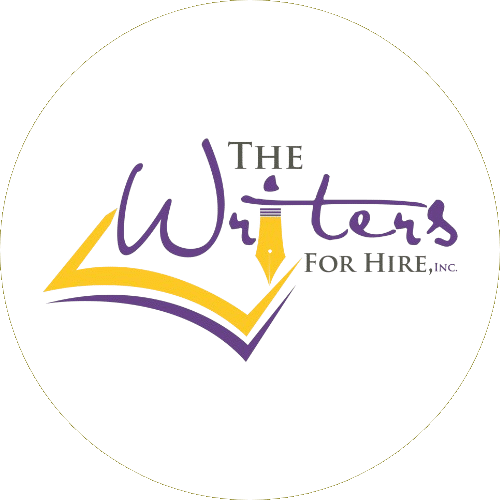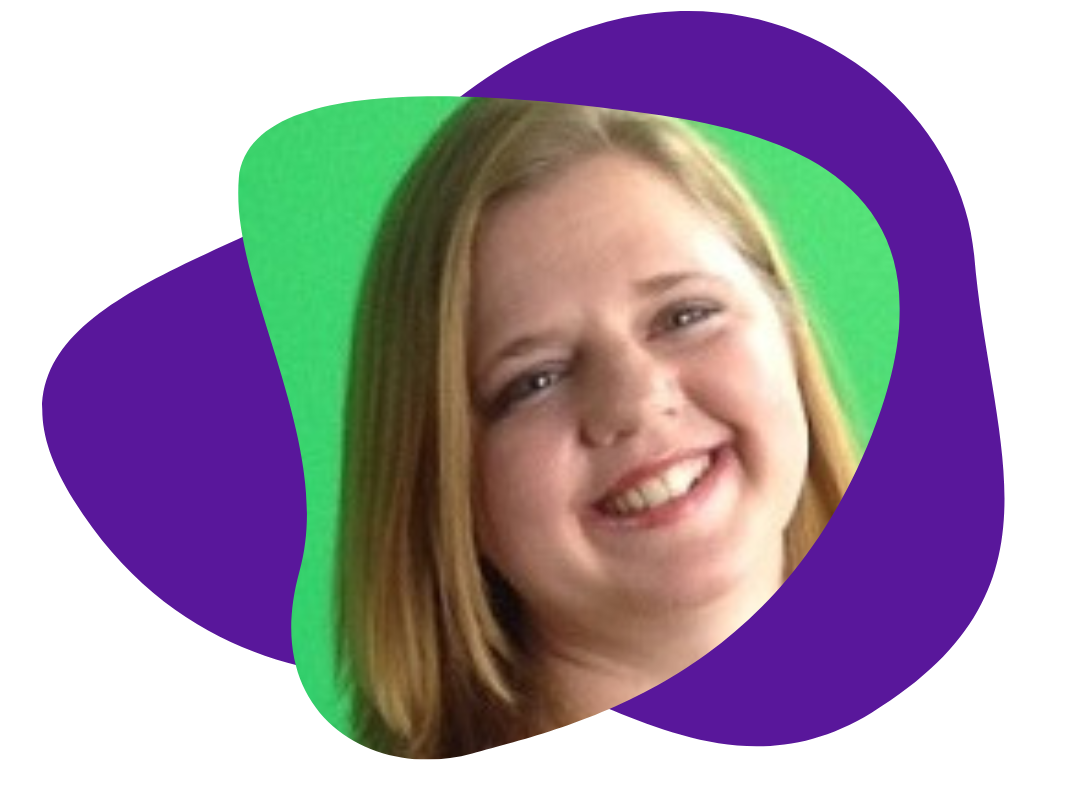HOW TO KICK-OFF A WRITING PROJECT: PART TWO- THE KICK-OFF CALL
October 3, 2019
In our previous blog, we discussed the importance of running a kick-off meeting when starting a new project. However, if it turns out that the meeting participants are in different locations, or working remotely like so many professionals are today, the kick-off meeting will have to be a call.
While the concept of the kick-off call follows the same basic principals as the in-person kick-off meeting, there are a few differences.
Before the Call
First, invite participants using a scheduling and audiotaping app.
Next, prepare an outline (or agenda) of what you intend to cover, including a list of questions for the client, and share it with the other team members who will be on the call. (This outline will come in handy when taking notes during the call.) You should also familiarize yourself with any materials the client has already provided and share this as well.
The Call
Introduce yourself and your team. Explain your role and theirs.
Set the tone by reviewing the goals for the call and the order in which topics will be covered.
Leading the call
Have your outline and list of questions ready.
Announce you will be taking notes. This will help explain any silences on the phone and signal that you value everything the client will have to say. (You do not want the client to equate silence with incompetence and lose confidence before the project starts.)
If you are physically busy, narrate what you are doing (remember they can’t see you!)
- If you’re catching up with notes, say “I’m sorry; hold on one second, I’m taking a note.”
- If you’re trying frantically to find the website they are talking about, say “Give me one second, the website is loading.”
If you aren’t sure what to say next, use a couple of stalling tactics.
- “OK, give me a second to check my notes.”
- “Does anyone else on the call have any questions, while I check my notes?”
- “Am I missing anything I need to know?”
Don’t let the client take over the call. Don’t rephrase your questions, and don’t overexplain.
If you are feeling like the client is getting impatient, make sure they recognize the benefit:
- “I want to make sure I get this right, so I don’t have to ask you again.”
- “I want to make sure I understand this, so I ensure the best product.”
Keep to questions not easily answered via email. For example, don’t waste the client’s time getting details like exact spellings of names and alternate phone numbers; do confirm the primary contact person—who may not be the person on the kick-off call.
Let the client speak!
Never interrupt the client. Don’t be afraid, however, to ask questions until you are sure you understand what the client wants.
Explain the writing process.
Describe the difference between big picture and little picture edits and why proofing always happens at the end.
End with next steps and specific action items.
Always end the call by reiterating the next steps for each party. YOU will send me/us XXX, and I/WE will do YYY.
Send an email recapping the call within 24 hours.
If possible, send the email the same day. There’s no need to summarize the call verbatim. (If you used an app like Uber Conference, you will have a recording of the call to refer to if needed.) Stick to the key points the client raised, the next steps, and the action items.































